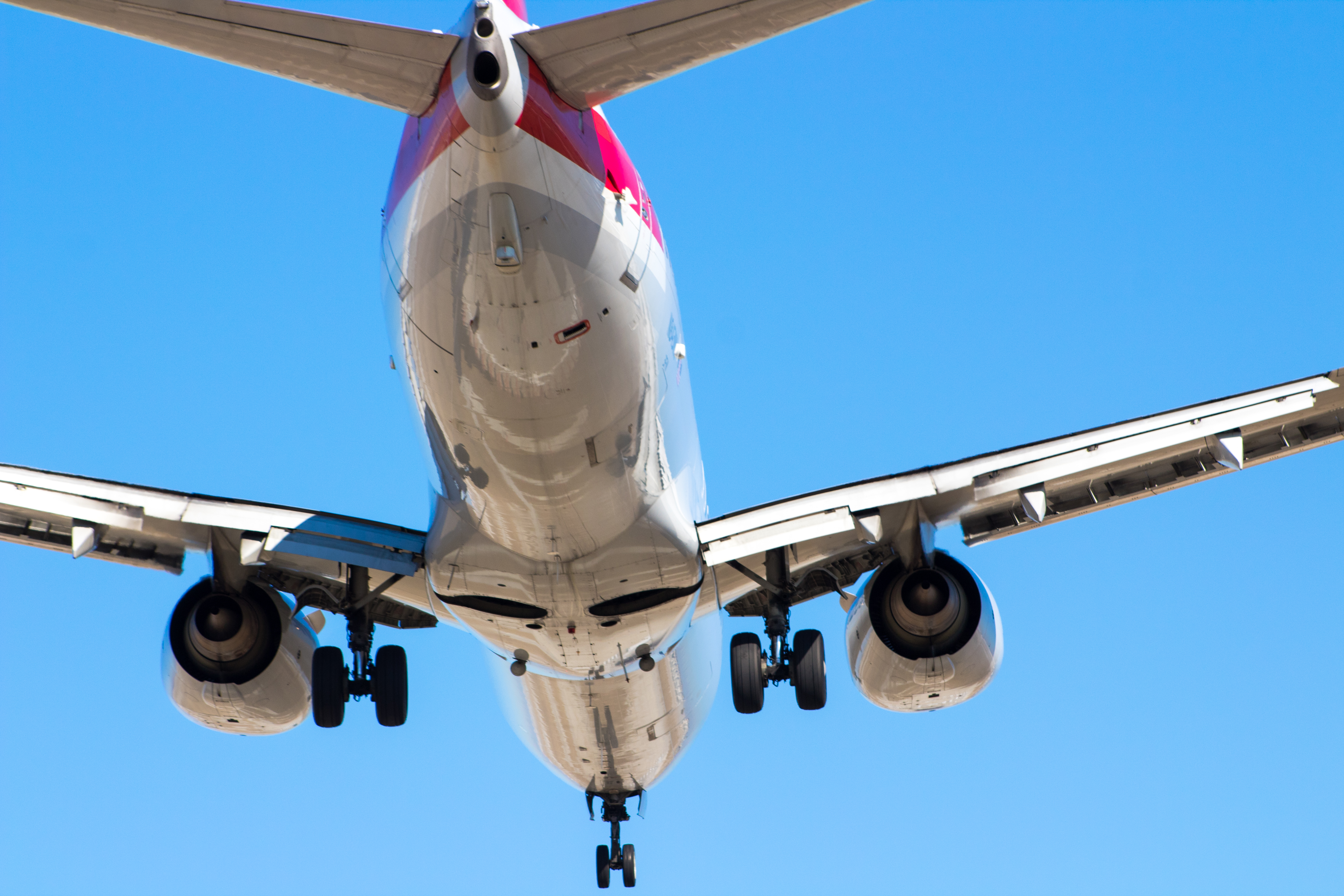To commemorate the 40th Anniversary of the enactment of the Airline Deregulation Act of 1978, championed by Dr. Alfred E. Kahn while serving as Chair of the Civil Aeronautics Board (CAB) under President Jimmy Carter, various industry experts were asked by the JDA Journal to comment on “whether the Airline Deregulation Act is meeting Dr. Kahn’s vision.” The following is the contribution by ACI-NA General Counsel Tom Devine.
The Airline Deregulation Act of 1978 has certainly provided benefits to consumers in many areas, as airlines and others often point out, but the promise of deregulation has not been fully realized, and many communities have been left behind.
Dr. Kahn assumed we could rely on market forces to supplant government regulation, but industry concentration is now higher than it was prior to deregulation, due to waves of industry consolidation in the past decade. It is also likely that Dr. Kahn did not anticipate the advent and widespread use of ancillary airline fees (totaling more than $20 billion in 2017) that distort market signals. Moreover, the paucity of viable new entrants and the dominant carriers’ reaction even to small-scale challenges from other carriers has meant that the market has not always been effective in curbing anti-competitive behavior of dominant airlines. A distorted or constrained marketplace does not realize the benefits of true competition.
Competition also depends on access by airline competitors to necessary airport facilities, such as runways and terminals. Preserving and enhancing competition was a key goal of Congress in 1990, when it restored, in a limited form, airports’ right to impose per-passenger fees to raise money for necessary airport capital improvements. This was critical, because, while dominant hub carriers, for instance, were willing to finance improvements to benefit themselves, they were naturally reluctant to fund facilities that would enable competitors to gain access to the airport. The PFC statute helped solve this dilemma and enhanced competition by explicitly (1) providing that airline agreements could not govern the imposition or use of PFCS and (2) precluding the leasing of PFC-funded gates on a long-term, exclusive use basis.
Unfortunately, the PFC was initially capped at $3 per passenger in 1990 and has only been raised once, 18 years ago, to $4.50. The erosion of PFC purchasing power over the years–coupled with the fact that many airports’ PFC capacity is fully committed to pay off projects already constructed–thwarts airports’ ability today to fund the necessary infrastructure to provide for competitive entry.
While the ADA provided some mechanisms for addressing communities and consumers that have been disenfranchised, such as the Essential Air Service program, their effectiveness has proven to be limited. Reduction in air service is the biggest concern of many of our non-hub, small hub, and medium hub airports throughout the country. While airports are working diligently to take the self-help steps they can to induce, attract and retain air service, the tools and resources available to them are quite limited.
It is in everyone’s interests — airports, airlines, consumers, communities, businesses and the government, alike — to come up with creative and effective ways to ensure that small and medium-sized communities throughout the country have access to, and connectivity with, the national air transportation system and that there is effective competition throughout the system. Airports currently produce $1.4 Trillion in economic activity. Expanding access to the national network of vibrant aviation activity to underserved markets and ensuring true competition throughout the system will allow the economic and social benefits of Deregulation to be realized by all.
A version of this column originally appeared in JDA Journal on October 23, 2018. Read the full article, “40th Anniversary of the Airline Deregulation Act: Retrospectives from 7 Different Perspectives” >>

